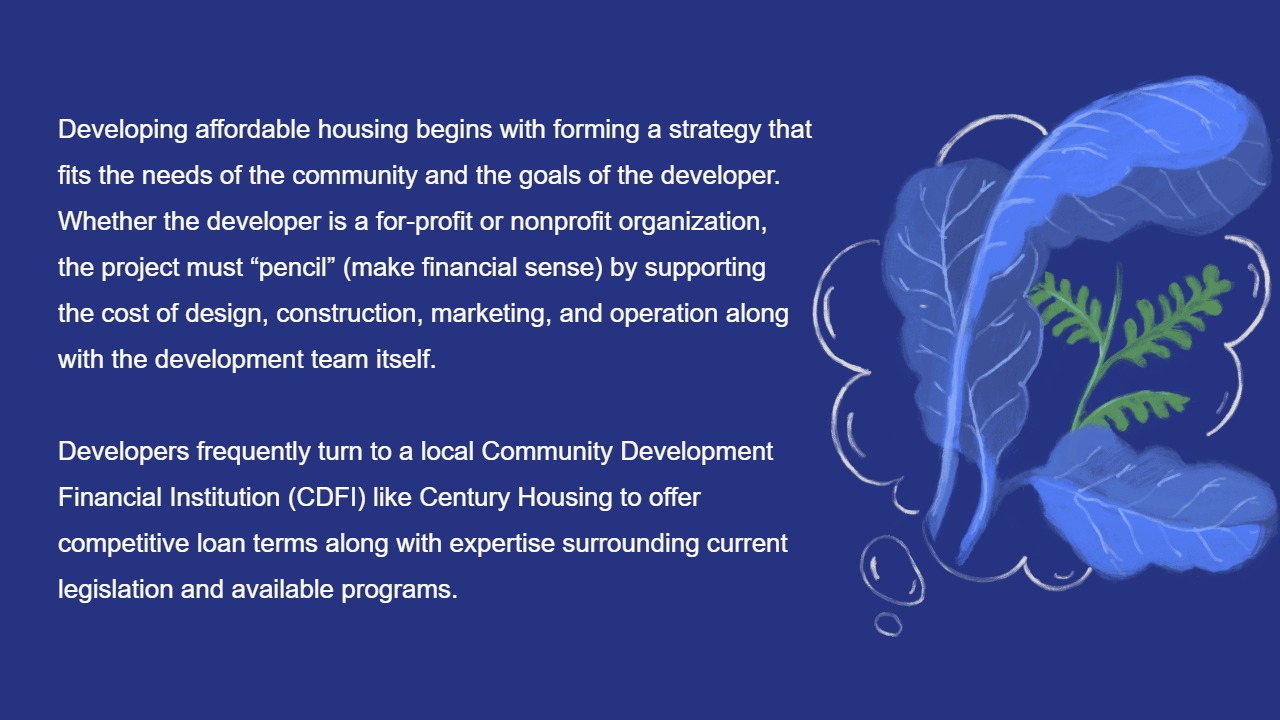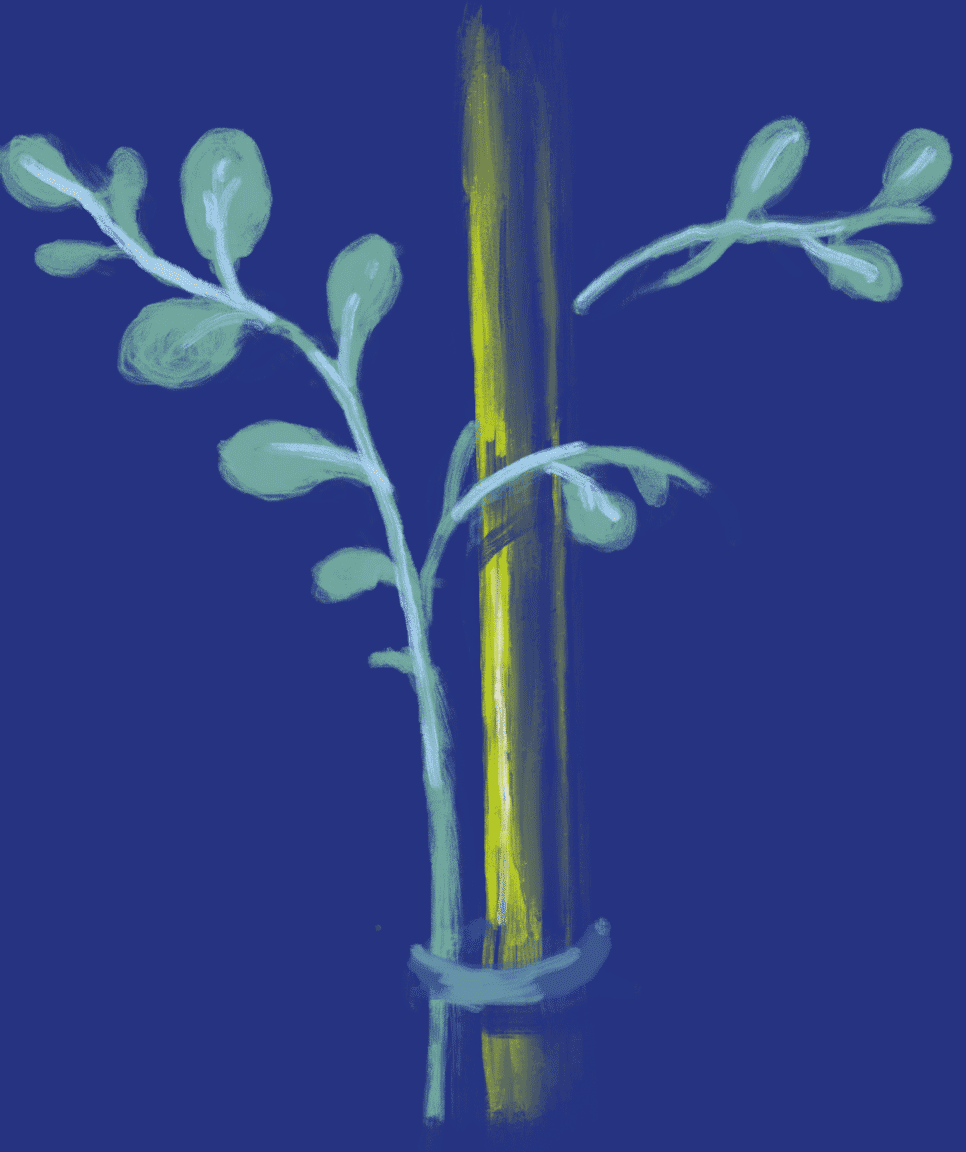A GROWER’S GUIDE
Affordable Housing Development Basics
Affordable housing development is an intense multi-year process requiring close coordination between the developer and lenders, contractors, and government agencies. However, the benefits of affordable housing far outweigh the costs. Affordable housing delivers proven economic, social, and environmental impact and provides opportunity for local businesses to grow alongside with the communities they serve.
Permanent supportive housing (PSH) is the most popular form of subsidized affordable housing and a proven way to reduce homelessness. This guide outlines a typical PSH development process. Please keep in mind that every project is unique and may require additional support from public and private sources.











